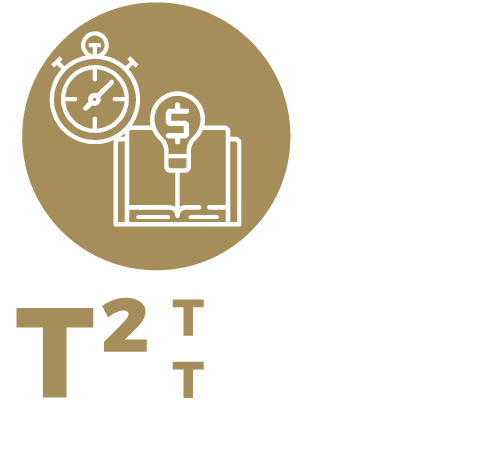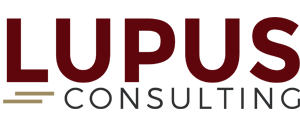Roadmap to SAP Excellency


Introducing the Lupus SixSquare methodology and our Smart Shore approach for delivering projects will create significant synergies leading to a project delivery in time, budget and quality.
Lupus SixSquare is designed in a way that it is easily adaptable to support each project situation and need. Regardless of running a template roll-out project, a green field implementation project or a development project, simply enhancing a specific functionality in your ERP or S/4 HANA system.
It is simple to pick the templates, tools, questionnaires and checklist that satisfy the requirements – and simply get the work started. At Lupus, we have been successfully delivering projects following this approach for years.
-
Definition of organizational structure and roles & responsibilities
-
Project charter & scope statement document
-
Project plan including milestones
-
Business process document
-
Data migration approach
-
Sign off of phase deliverables
read more
Already this very first phase holds some challenges and pain points that need to be mastered –
Free up knowledgeable people in the business departments for project work, install a project organization, define clearly roles & responsibilities. The foundation of each project is a clearly described scope of work, which later on is reflected in the business blueprint and the to-be implemented solution. Finally, a template and scope governance needs to be established by project management and stakeholders involved, in order to not dilute the defined scope worked out in the following fit/gap analysis and assessment workshops.
close
-
Business Blueprint
-
Fine-tuned project plan including milestones
-
Data Migration approach
-
Test strategy, plan and approach
-
Change Management Plan
-
Sign off of phase deliverables
read more
Challenges during blueprinting are manifold as the project gained momentum and all teams are busy with documentation and still being on a more theoretical level. Therefore, it is crucial to move the comprehensive picture gained in the analysis phase into the blueprint document. It is project management and stakeholder responsibility to enforce a strict template governance with regards to scope, time and budget, avoiding to move optional features into the scope.
Business blueprint sign-off is the most important milestone in this phase as it is the basis for all subsequent phases. A project shouldn’t be allowed to move forward if this quality gate has not been passed successfully. Blueprinting comprises the risk, that teams are focussing mainly on business processes and don’t pay attention to topics like definition of a test strategy, master data governance or data migration.
close


-
Preliminary cutover plan
-
Data migration approved
-
Testing approved
-
Development list (RICEFW)
-
End-user training documentation
-
Sign off of phase deliverables
read more
As the project is moving forward, teams will also start the develop the training materials and change management will kick-in more and more, preparing the business for the upcoming changes but also starting communication with external partners, informing about the upcoming changes. Work on the overall transition onto the future production environment will be kicked off and documented in the cutover plan.
During this phase the real implementation work takes place and the topics, which project management and stakeholders should pay special attention to are wide-spread. Most important is to make sure that during implementation – again – template governance is fully enforced avoiding that the scope of work gets diluted. Data migration – very often an underestimated topic in projects – should get adequate attention as it normally outlines the critical path on an implementation or roll-out project. Data quality is the key when it comes to data migration and as such a proper data validation process involving the business departments has to be installed, otherwise business process execution during testing phase and even after Go-Live will run on errors.
close


-
End user training completed
-
End-user readiness and acceptance achieved
-
Cutover plan aligned
-
Sign-off for cutover readiness
-
Fall-back and risk & contingency plan
-
Sign off of phase deliverables
read more
During Transition & Training special attention should be paid to change management as end-user trainings need to be delivered successfully and ultimately business needs to be ready to operate the new system properly. The end-users should accept the future system.
One of the biggest pain points in this phase is the risk of change requested evolving out of testing. It is under the responsibility of test management as well as project management and stakeholders to protect the template/agreed scope against attempts of requesting additional functionality that is not business critical. No doubts, there will be change request, but those should be very well justified by the requesting departments.
Another critical success factor in this phase is a comprehensive cutover plan, considering all stakeholders as well as external partners, interfaces and connected IT-system, carefully orchestrating all tasks needed for transition to the new system. Risk assessment of crucial cutover tasks and corresponding fall-back scenarios has to be part of the cutover planning.
close
-
Production cutover plan
-
Production data migration sign off
-
Transition to support
-
Lessons Learned
-
Delivery acceptance protocol
-
Sign off of phase deliverables
After successful Go-Live, phase of “intensive care” – usually 2 – 4 weeks – takes place to ensure a step by step stabilization into a stable daily operation.
read more
The most critical success factor when moving onto production environment is a thorough execution of the cutover plan and in particular a successful data migration and switch on/off of interfaces to connected IT-systems. The project team needs to be fully dedicated during this project phase, as cutover usually runs for a couple of days and in exceptional cases even over weeks. Sometimes teams have to work in shifts and even night shifts are not uncommon.
The other challenge is to move on to standard operations. Project teams have to transfer their knowledge to the future support organization. In order to not jeopardize future operations a transition plan including a knowledge transfer strategy, playback sessions and a shadowing phase for handing over support from the project team to the support organization should be defined upfront.
close
-
Maturity assessment
-
Operation feedback circle
-
Support operations optimization
-
Business process optimization
-
Roll-out optimization
-
Roll-out Support
read more
The implemented system may be extended with certain functionality after Go-Live, and a swift transition to a professional support organisations may be crucial Lupus Consulting as a provider of Application Management Outsourcing services is specialized in setting up tailor-made support services including intelligent approaches for transition into operation after Go-Live support, based on Key Performance Indicators and Service Level Agreements., Further projects like business process optimization, set-up of governance structures or master data management, gradually optimizing and enhancing clients’ business model and system landscape are part of Operate & Optimize.
close
